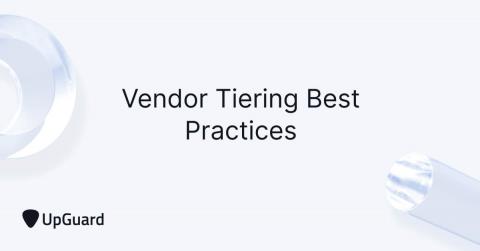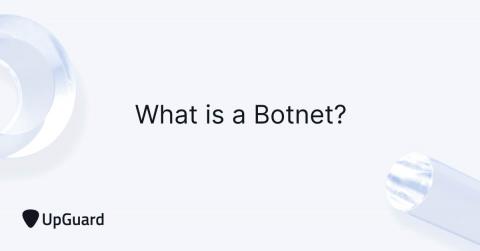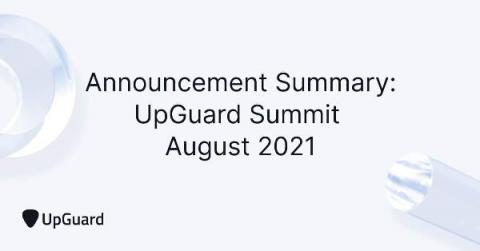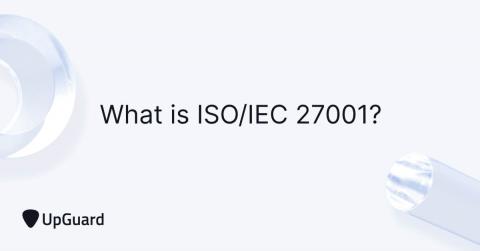Vendor Tiering Best Practices
Vendor tiering is the key to a more resilient and sustainable third-party risk management strategy. But like all cybersecurity controls, it must be supported by the proper framework. To learn how to optimize your Vendor Risk Management program to greater efficiency through best vendor tiering practices, read on.











